Every week on “Sunday Page” an author or a critic has to choose a single page from a comic book. It could be for sentimental reasons o for a particular technical achievement. The conversation could lose itself in the open water of the comic book world but it will always start with the questione: «If you had to choose a page from a comic book you love, what would you choose and why?».
John Martz, illustrator, cartoonist, and designer living in Toronto, Ontario. He’s the author of Burt’s Way Home (Koyama Press, 2016), A Cat Named Tim and Other Stories (Koyama Press, 2014), Destination X (Nobrow, 2013), and the online comic strip Machine Gum.

My interest in comics began with newspaper comic strips, and it wasn’t until I was out of school and had moved away from home that I discovered graphic novels and literary comics. Jimmy Corrigan came out the year I moved to Toronto, and it was life-changing in how it made me rethink what comics could do. I can remember reading this page for the first time, and just studying it.
It’s true, though, that this page doesn’t represent what we think of, when we think of “a Chris Ware page”. There are no complex panel layouts or diagrams, and there’s no dialogue. But it’s a perfect little gag, a one-two punch of a sequence: this happens in panel one, and then this happens in panel two. It plays with out expectations as readers. The little Superman in the top left corner is preparing to take flight. We know superheroes, and we recognize the costume and the cape. His body language reinforces our expectations — he’s ready to take flight. But what’s interesting about comics is how they allow us to see different moments in time simultaneously.
Even if we’re only reading the first panel, we can’t help but see the entire page to know that the second panel looks almost identical to the first. We think that Superman must certainly take flight in the second panel, and a quick glance to the right shows that the patch of yellow sky that framed Superman in panel 1 is indeed empty in panel 2. But why hasn’t the “camera” moved upwards to follow him? It’s then that we glance downwards to see him comically face down on the street. Superman is also the only spot of colour in a monochromatic scene, just to make sure we don’t miss it.
It’s a tiny little scene, played out in two panels, the ending of which is simultaneously surprising and inevitable. It uses the way we read comics from left-to-right and top-to-bottom to toy with the reader, and the payoff is both tragic and deeply funny.
The yellow patch is really the key element of the page to me, ’cause you can see that Ware is trying to make your eyes focus on that part of the image, while all around is pitch black.
And the repetition of this panel, and the impact of the gag (no pun intended) serve to reinforce the image in our minds. This scene reappears later in the book; the framing is identical, but it’s the year 1892. The people are dressed different, and there’s a horse and buggy on the road, but the buildings are unmistakable. They are covered in red, white and blue banners as part of the Chicago World’s Fair. Up at the top, in that negative space between the two buildings, a flag hangs, and it almost looks like a cape. The casual reaction by the crowd adds to the humour, and to the fantasy of the scene. As the pages in the book continue, Superman’s body is left lying in the rain alone.
Also, you mentioned you discovered Ware when you moved to Toronto. Do you remember how this discovery happened?
I moved to Toronto in 2000, the same year the book was published. I spent a lot of time in book stores, which in 2000, where still everywhere. It was a big chain book store, which didn’t yet have a comics or graphic novel section like they do now. I wasn’t aware of Chris Ware’s work, so it was all the more surprising and exciting to find this book on a display table among the other novels and fiction books. I had never seen anything like it.


